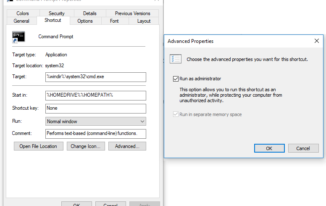In continuation to what is all about Linear test automation framework, in this article you will get to know about:
- Pros & Cons of test automation framework.
- Which of the most important factors to determine a framework is best or not are covered as part of each test automation framework.
- Any amendments that could be introduced to each framework and can cover more factors without completely changing the framework architecture .
- Steps to build test automation framework.
Pros & Cons of Linear test automation framework
| Pros | Cons |
|---|---|
|
|
Framework factors covered as part of Linear test automation framework
| Framework Factor | Available (Yes/No) | Comments |
|---|---|---|
| Code Re-Usability | No | Scripts are developed on individual basis for each test scenario, hence there would be no code re-usability |
| Quick & Easy to Develop | Yes | There are not many things to be taken care while creating the script. And so would be easy and faster to develop, but it would have other side effects. |
| Test Data Parametrization | No | Test data is mostly part of test script it self. |
| Less Maintenance efforts | No | As there is no code re-usabilty or any mechanism to update all changes at once when the same set of instructions are available in different test scripts. |
| Easy to understand scripts | Yes for automation Engineers | As the script is made on top of direct recorded script, automation engineer can understand it easily. |
| Best Reporting | No | Not much concentration is done on this front. |
| Easy to Execute | Yes | No much dependencies on anything, as everything will be part of the script, just need to open the script and execute it when ever required. |
| Easy to Debug if script execution fails | Yes for automation engineers | As it is plain recorded steps it is very easy to understand where the script has failed and makes debugging easy. |
| Easy to understand execution results | No | The test results are mostly in test automation jargon, which would add difficulty to understand execution results. |
| % Success rate on one first time executions is high | No | As most of the things are not considered while stabilizing the scrippts, the % success rate is low. |
| Highly Scalable | No | Needs lot of effort to build support for any additional things which come across as time passes on. |
Amendments to Linear test automation framework which can be introduced to make it cover more best factors of a framework
At least to increase the stability of the test script, one can start writing some common functions and be able to address more challenges on how to make the script run successfully for more number times. Which would involve things like:
- Adding synchronization points and various wait statements.
- Writing robust logic for addressing any complex scenarios.
- Can bring in simple functions which can be re-usable and attain a little code re-usability
Steps performed to build test automation scripts in line to Linear test automation framework
- Make sure your Application under test is configured to be automated.
- Launch your test automation tool.
- Click record button in case your test automation tool has the feature, else start identifying the objects by spying and then write instructions on our own.
- Add appropriate synchronization statements for the cases where you have clicking of links, buttons, menus, etc.. as a new page loads or the same page reloads on clicking these objects, automation tool needs to wait till the page loads.
- Add checkpoints or verification points to validate if the expected and actual results on the application under test match.
- Write code for any complex logics to be handled, for example: you have a scenario where you submit a request and you need to wait till the request gets approved or rejected or any further statuses.
- Execute the test script for multiple times and be sure it is executing successfully & consistently, make changes in case it fails at places and is not consistent.
Kindly share your queries in form of comments in case of any queries.





